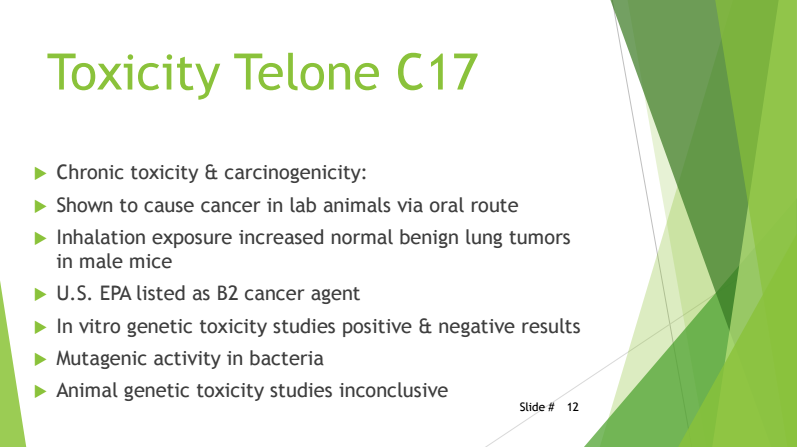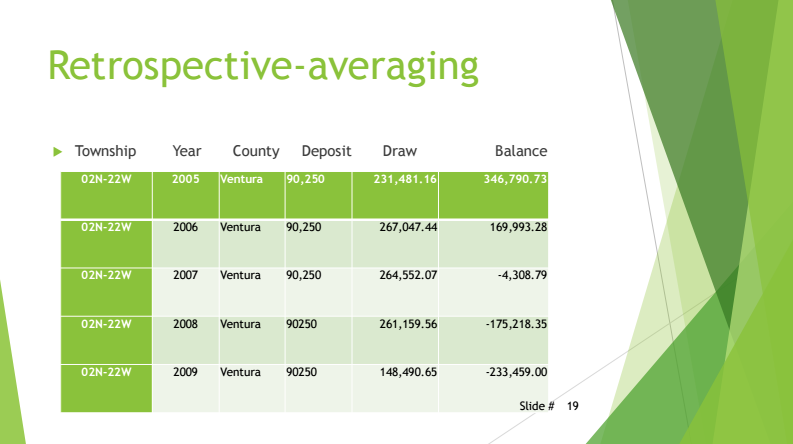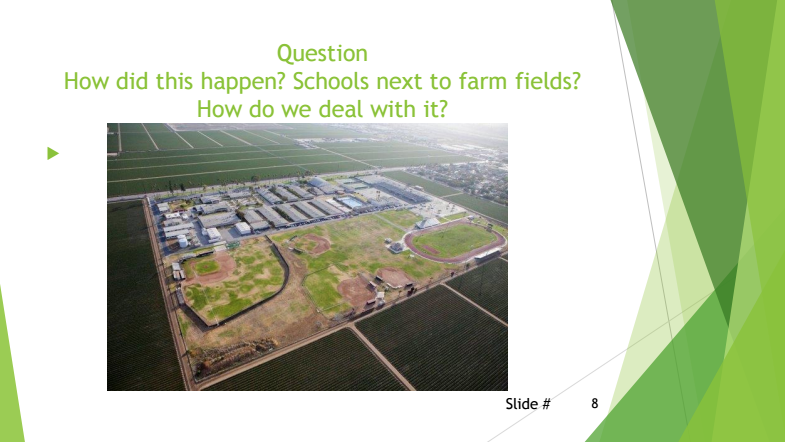
How California’s Pesticide Regulator Spun a Concerned Community
Ventura County politician Steve Bennett wanted answers.
He and his colleagues on the Board of Supervisors looked to Henry Gonzales to explain why the California Department of Pesticide Regulation had allowed strawberry farmers surrounding a local high school to use a potentially cancer-causing pesticide at unusually high levels.
So Gonzales, the department’s man on the ground in Ventura, put together a 44-slide PowerPoint presentation.
August 24, 2015 | Source: Reveal News | by Andrew Donohue
Ventura County politician Steve Bennett wanted answers.
He and his colleagues on the Board of Supervisors looked to Henry Gonzales to explain why the California Department of Pesticide Regulation had allowed strawberry farmers surrounding a local high school to use a potentially cancer-causing pesticide at unusually high levels.
So Gonzales, the department’s man on the ground in Ventura, put together a 44-slide PowerPoint presentation. He then emailed it to department leaders in Sacramento for feedback ahead of the March hearing.
The version Gonzales got back was heavily edited. Much of the information relevant to public concerns had been cut.
Gone were detailed explanations of 1,3-Dichloropropene’s health risks and precise figures about how much of it was used around Rio Mesa High School:


In their place: slides that shifted the focus to local land-use decisions:

A department spokeswoman has said officials in Sacramento were trying to make the presentation simple and to the point, but the editing fits a pattern. Since outcry began in Ventura County, Director Brian Leahy and his team have responded to the community’s questions with statements that contradict the findings of their own scientists and exaggerate their own policies.
The defense of 1,3-D comes at a crucial moment for strawberry growers. Their favorite pesticide has been banned for depleting the ozone layer, fueling worries that we’ll soon see the death of the strawberry. But growers have begun to rely more and more on other potentially dangerous fumigants, such as 1,3-D.
Read more on pesticides
How a pesticide loophole increased cancer risk at a California school
Use of Monsanto pesticide linked to cancer has boomed in California
Potent pesticide still used at levels that defy scientists’ warnings
As those pesticides move into the spotlight, the department’s response in Ventura County shows how the officials in charge of protecting the public in the strawberry’s home state often fail to talk candidly about the chemicals’ health risks.
“They seem to be not just unwilling to answer specific questions, but there’s no question they try not to release information that they think will lead to controversy,” Bennett said.
